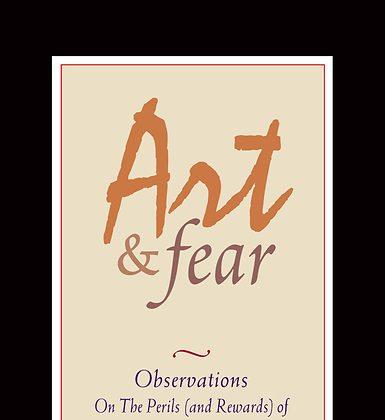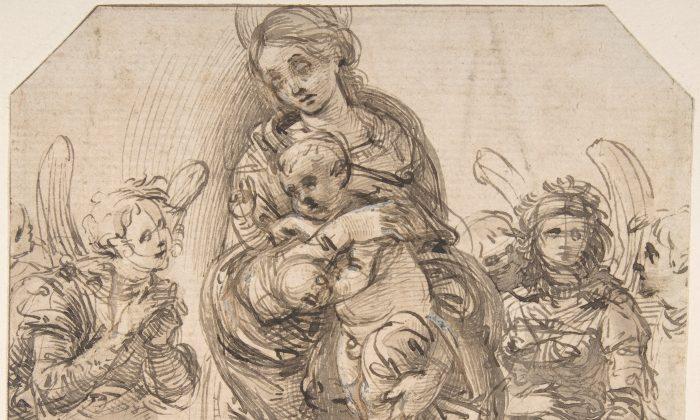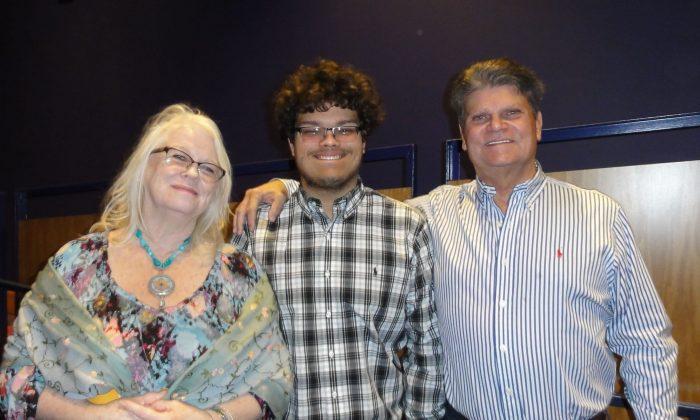The art-making process can be one of doubt and self-criticism. The book Art and Fear suggests that artists are not alone in their existential quandaries. The book offers a psychological exposition of the artist in any medium and suggests how to avoid the major pitfalls on the path of making art.
The authors, David Bayles and Ted Orland, go through extensive detail explaining how artists can eventually talk themselves out of making art, as well as how to silence the voices of uncertainty in order to fulfill their goals.
Art and Fear openly discusses issues of jealousy, the difficulties in making art, how to view outside criticism, fears about one’s self, and fears about seeking approval from others.
It proposes the idea that art is an internal process as much as it is an external one of gaining an understanding of a medium.
“Making art is dangerous and revealing. Making art precipitates self-doubt, stirring deep waters that lay between what you know you should be, and what you fear you might be.” There again, the authors say that “making art gives substance to your sense of self.”
We inevitably find out who we are through making art, and our art informs us of who we are.
The idea of perfection invites particularly interesting discussion. The authors state that “to require perfection is to invite paralysis.” Striving for perfection, one loses one’s self in an idea with little substance.
To illustrate this point, the author detailed a study conducted in a ceramics class.
“The ceramics teacher announced on opening day that he was dividing the class into two groups. All those on the left side of the studio, he said, would be graded solely on the quantity of the work they produced, all those on the right solely on its quality.”
The authors go on to explain the results of the experiment, which as you'd expect, favor the quantity-over-quality group. The quantity group in the end produced pottery that was of higher quality.
“It seems that while the “quantity” group was busily churning out piles of work –and learning from their mistakes—the “quality” group had sat theorizing about perfection, and in the end had little more to show for their efforts than grandiose theories and a pile of dead clay.”
There’s also the question of following your own parameters and what works for you. The authors likened “habit” to “style.” Having a set framework for your art may be a good thing; to make art based on who you are and your personality instead of using an external, and unfamiliar source.
Aspiring artists and anyone in a creative field can undoubtedly take a much way from Art and Fear: Observations on the Perils (and Rewards) of Art making.
“Art and Fear” is published by Image Continuum Press, 2001.
Tim Gebhart is an artist residing in Menasha, Wisc.





